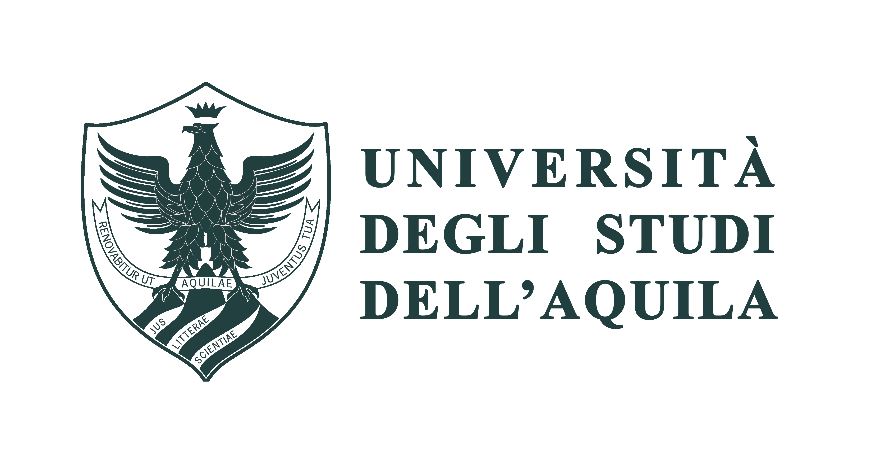The present geological era is characterized by a very strong impact of technology and man on Nature; for the first time in history, the most critical causes that affect our destiny are determined by the human being and the technology he produces.
This phenomenon is termed Anthropocene, a term diffused in the 80’s of the twentieth century by the biologist Eugene Stoermer.
Unlike the previous geological era, known as Holocene, the impact of humans on Earth has increased dramatically. To get an idea, just consider that in 2017 we have already used 50% of the land available, to produce food and to build cities and mines, and we already controlled 75% of freshwater resources.
A study published in “Nature” in October 2018 highlighted how only 23% of the land emerged and 13% of the oceans remain free from harmful human activity, burring Antarctica.
Wild and primordial nature is fading away because we have become the most common large animals on the planet, and something like a fifth of the extant species is in danger of extinction for our activities.
The impact of man results clearly in the enormous amount of waste that invades our planet: like all ecosystems, the Earth works by input and output, the input is the incoming energy that activates the processes, the output is the waste generated, the resulting waste.
The attention to the subject is always increasing: an infinite number of organizations are making enormous efforts to make the system sustainable, a challenge that requires global collaboration and the ability to assess accurately the impacts of new technologies that are being developed.
About visual art, we’d like to suggest the exhibition that the MAST Foundation in Bologna has extended until 05 January 2020 entitled '‘’Anthropocene’’' (https:///anthropocene.mast.org/mostra/) that illustrates, our catastrophic passage on Earth through suggestive visual installations and photographs.


P.IVA/Cod. Fis. 02059040671
Privacy Policy